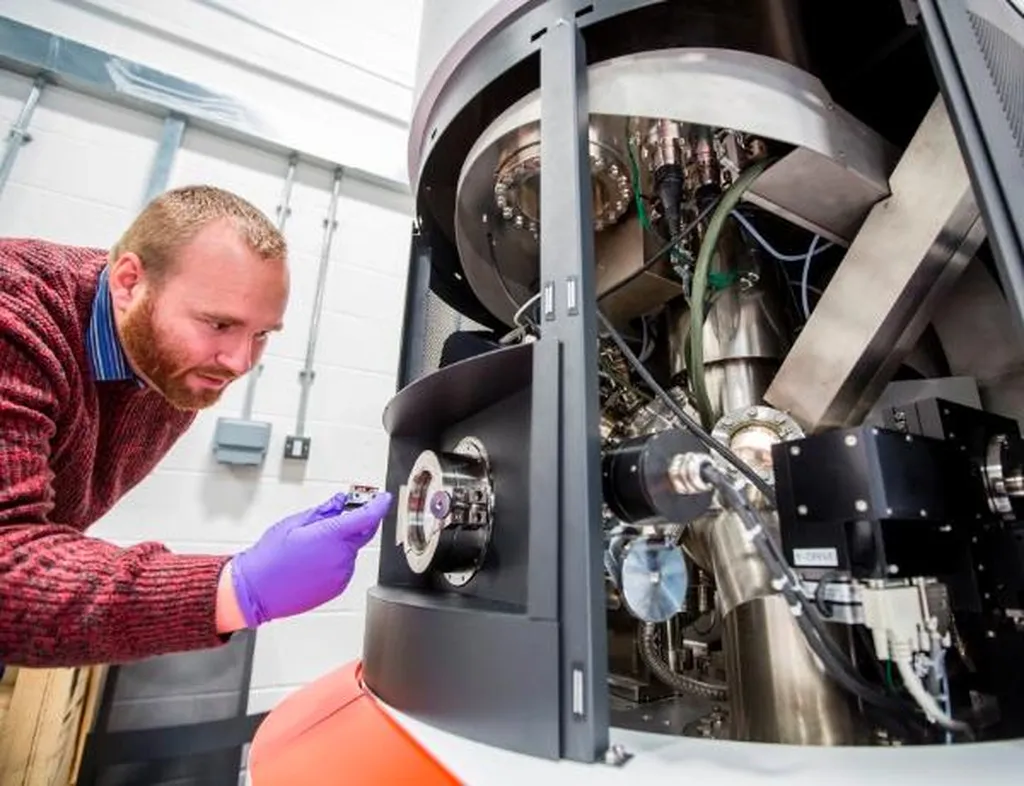In a significant stride towards optimizing additive manufacturing processes, researchers at the Institute of Structural Materials, Swansea University, have unveiled insights that could reshape the production of thin-walled stainless steel components, particularly in the energy sector. The study, led by Charlie Bevan, focuses on the heat treatment of thin-walled stainless steel 316L (SS316L) fabricated using laser beam powder bed fusion (LB-PBF), a cutting-edge additive manufacturing technique.
The research, published in the journal ‘Materials & Design’ (translated to ‘Materials & Design’), delves into the microstructural changes that occur during post-processing heat treatment of thin-walled SS316L components. The team employed a novel build geometry with wall thicknesses ranging from 0.2 to 1.8 mm, providing a comprehensive understanding of the annealing process at temperatures of 1050°C and 1150°C.
Bevan and his team discovered that in the as-built state, thinner walls exhibited grains oriented in a specific direction, while thicker walls showed a different grain orientation due to a central band of preferential grain growth. This finding is particularly relevant for the energy sector, where thin-walled components are increasingly used in applications such as heat exchangers and turbines.
The study revealed that annealing at 1150°C resulted in partial recrystallisation in all samples, with the thickest walls reaching up to 86% recrystallisation. In contrast, annealing at 1050°C had minimal effect. The researchers also analyzed the geometrically necessary dislocation density, low-angle boundaries, and high-angle boundaries, but found no correlation with recrystallisation behavior.
One of the most intriguing findings was the role of Mn- and Si-based oxide distributions in impeding grain boundary migration. “We found that these oxides act as barriers, causing a stop-and-go growth mechanism that can lead to abnormal grain growth in some cases,” explained Bevan. This discovery highlights the critical role of chemical segregation in controlling recrystallisation in thin-walled LB-PBF SS316L.
The implications of this research are far-reaching for the energy sector, where the demand for complex, thin-walled components is on the rise. Understanding the recrystallisation behavior of SS316L during heat treatment can lead to improved post-processing techniques, enhancing the mechanical properties and performance of these components.
As the energy sector continues to evolve, the need for advanced manufacturing techniques and materials becomes increasingly apparent. This research not only sheds light on the intricate processes involved in additive manufacturing but also paves the way for future developments in the field. By optimizing heat treatment processes, manufacturers can produce components with superior properties, ultimately driving innovation and efficiency in the energy sector.
In the words of Bevan, “This research provides a foundation for further exploration into the post-processing of thin-walled components, offering valuable insights for industries looking to harness the full potential of additive manufacturing.” As the energy sector continues to push the boundaries of what’s possible, this study serves as a testament to the power of scientific inquiry and its ability to shape the future of manufacturing.

